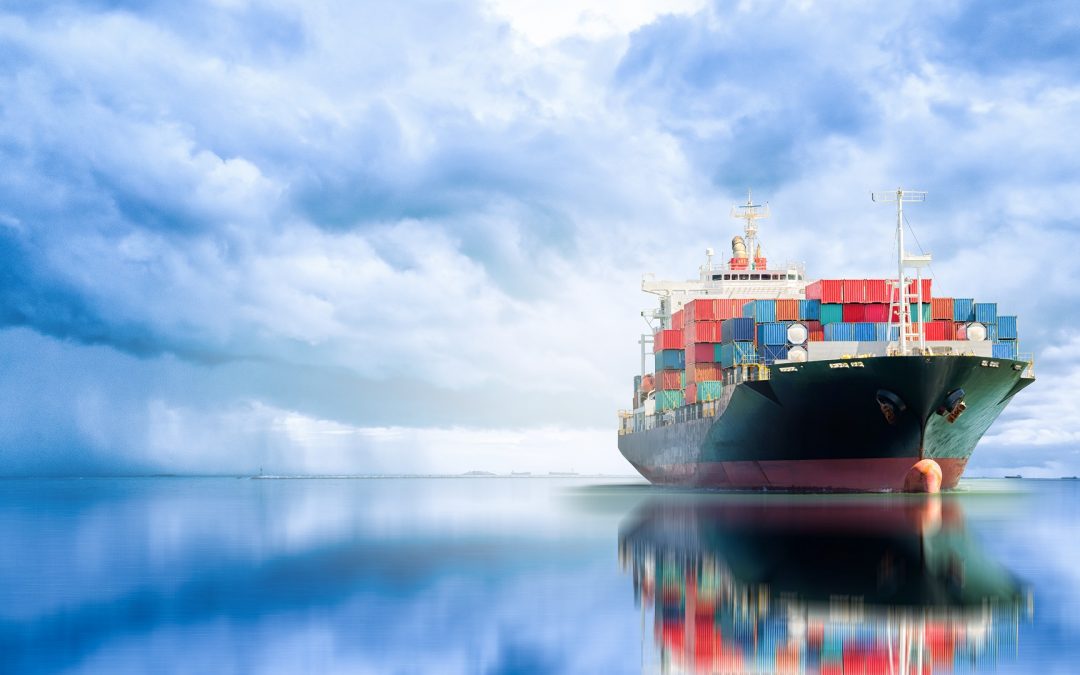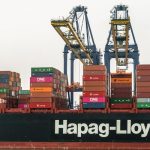As tankers, car-carriers and other merchant vessels pass through the Malacca Strait, unlit fishing boats criss-cross the shipping lanes at night, making it one of the most challenging sea areas of the world to transit, even during peacetime.
Should a major war ever come to Asia, those challenges could be magnified spectacularly, with hundreds of vessels abruptly leaving the international waters in the middle of the Strait for what they hope might be the relative safety of the national territorial waters of nearby neutral nations.
The Strait – between Thailand, Malaysia, Indonesia and Singapore – marks the entry point between the Indian Ocean into the South China Sea, a maritime chokepoint through which much of the goods manufactured in Asia pass out into the world. It also carries much of Asia’s oil and gas – including three quarters of that for China.
For now, the actual immediate threat to shipping in the region is limited – particularly compared with another major maritime checkpoint in the Gulf of Aden, where suspected Iran-backed Houthi militants have attacked multiple vessels since Hamas attacked Israel on Oct. 7.
There, those attacks – as well as both attempted and successful hijackings by small boats that were, in one case, aided by a former Yemeni military helicopter – represent by far the most significant disruption to maritime trade since the height of the Somali piracy crisis in 2011.
The Malacca Strait – 500 nautical miles long and between 40 and 155 wide – had a reputation in the 1990s and early 2000s, for repeated piracy and armed attacks until increased patrols by regional navies brought them down to manageable levels.
That progress, however, appears to have been reversed in the 2020s, something some analysts attributed to increased poverty in regional communities following the COVID-19 pandemic.
By late October, the number of incidents so far this year had reached 62, including at least three in a single October week. That has prompted seafaring organisations to call for greater action to prevent attacks.
In the Indian Ocean, a much larger epidemic of piracy in the 2010s was eventually reversed largely because the hiring of armed guards on merchant vessels eventually made them too hard for lightly armed pirate crews to capture. At the start of this year, the global shipping industry ceased referring to the Indian Ocean as a “high-risk zone” – only for the recent Gaza war to cause chaos once again.
So far, at least one non-Israeli ship has been damaged in a missile strike, while US warships in the region have now shot down attacking drones and missiles on a scale unseen in recent naval history.
Those attacks are already having an impact on international shipping patterns, as well as prompting a wider reappraisal of what other regions might suddenly turn violent offshore.
“The world is on fire,” one commercial vessel captain said on condition of anonymity. “We do not know what we will wake up to tomorrow.”
Conflict has also come to European waters. The Ukraine war has seen the Black Sea periodically become a war zone, particularly following the unravelling of a Turkish and UN-negotiated deal to allow grain ships to sail.
Only a UK-brokered deal to provide more risk insurance to commercial vessels passing through Ukrainian waters has allowed shipments to continue, despite periodic ongoing attacks – while where possible, ships now cling to the national coastal waters of NATO members Bulgaria and Romania.
SEEKING SAFER WATERS
Some shipping lines including Maersk and ZIM have said publicly they are now diverting vessels away from the Gulf of Aden and Suez Canal, sending them round the Cape of Good Hope in South Africa rather than risking the Red Sea. Monitoring firm Alphaminer said on Dec. 4 that at least 12 container ships had now taken that longer and more expensive route.
All that would feel like just a pinprick compared with the disruption of a war in Asia, which could well see Beijing attempting to impose a blockade on vessels heading to Taiwan as well as efforts to attack, disrupt and intercept Chinese military and perhaps civilian vessels by the US and its allies.
Indian strategists have talked of using submarines and missiles to block the Malacca Strait entirely should they find themselves in existential war against Beijing. According to China expert Andrew Erickson at the US Naval War College, foreign policy thinkers in Beijing have long referred to China’s dependence on energy imports by that route as the “Malacca Dilemma”.
The prospect of blockade has not escaped the Pentagon. The fifth tranche of the US Virginia class attack submarines are capable of carrying 65 missiles and torpedoes each, more than twice the number of the earlier tranches launched since 2003. Australia will also purchase three of these submarines, followed by a new generation of US-British-Australian-US “AUKUS” subs.
Since the election victory of Filipino President Bongbong Marcos, the US has also made agreements to significantly increase its military presence at the other end of the South China Sea overlooking the Luzon Strait between the Philippines and Taiwan, another maritime “choke point” that would be particularly critical in the event of a Taiwan invasion.
Some US officials say Chinese President Xi Jinping appears to have instructed his military to be ready for war to retake Taiwan by 2027. As long as that suggestion remains, the Malacca Strait is likely to stay restive, despite what appeared a relatively friendly meeting between Xi and the US President Joe Biden in California last month.
Even without that, conflict is also possible with the Philippines themselves over a string of disputed islands claimed and in many cases occupied by either Manila or Beijing. Recent months have seen a number of clashes between ships and aircraft, including the use of water cannon and the apparently deliberate ramming of a Filipino vessel by a Chinese counterpart.
What widespread naval hostilities might look like for global trade, no one really knows. In the two world wars, the US, Britain and other allies were able to corral their merchant ships into convoys in order to protect them. Now, however, most of the world’s trade – particularly with the West – is conducted by a multinational mess of often foreign-flagged vessels.
China also owns multiple ports and other facilities around the region – including one in the highly strategic northern Australian town of Darwin, which also hosts Australian and periodically US forces. Some analysts warned that China might hide anti-ship missiles in containers, allowing surprise strikes including from its massive shipping sector. Undersea cables carrying communications and sometimes energy might also be vulnerable.
Countries across the world and region are investing massively in anti-ship missile capabilities, particularly in the Indian-Russian manufactured Brahmos. The ongoing relationship between Moscow and New Delhi is another complicating factor for the US and its allies, as is the fact that many other countries in the region are clearly desperate to stay neutral.
In September, the Association of South East Asian Nations conducted their first military drills without the US or any other actors, described as a humanitarian exercise hosted by Indonesia. Some analysts suggest the aim was to ensure their forces could work together in a crisis, including to sail to Taiwan under a potentially neutral flag to evacuate their citizens in the event of an invasion.
Like the waters of the Indian Ocean and Red Sea, the Southeast Asian region is heading for what might well be termed “interesting times” – and what happens to its sea lanes then could well affect almost everyone on earth.
Source: Hellenic Shipping News






